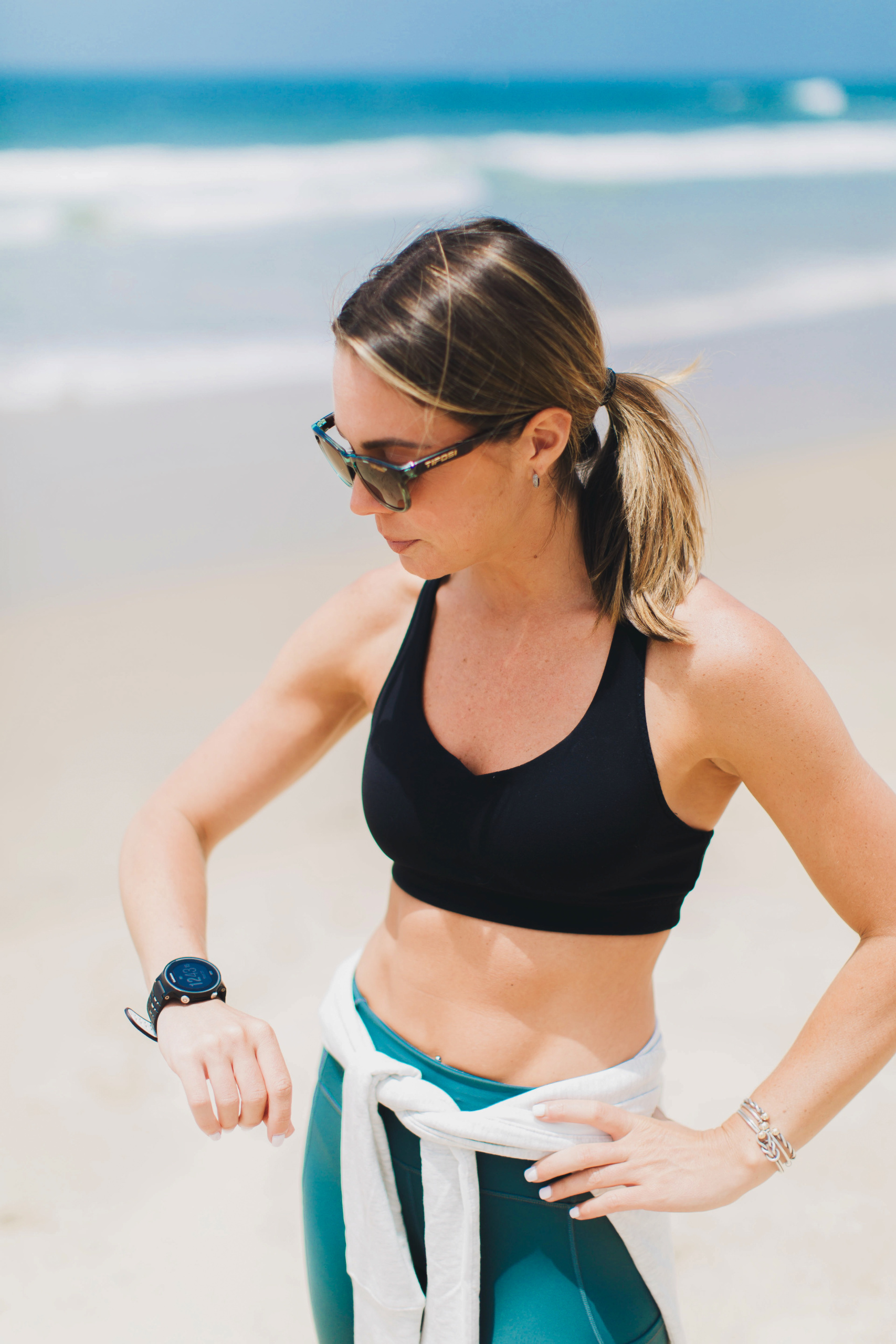
As an avid runner, strength training looks very different than it does for a bodybuilder, weightlifting competitor, or even the average fitness guru. When runners strength train, they have to be intentional and strategic about strengthening and growing specific muscles to benefit their running performance.
If you’re a runner, like me, it’s vital to utilize strength training as part of a cross-training approach. As a result, you’ll reap the performance benefits of building muscular strength right where you want it!
Strength Training Benefits for Runners
Strength training is a key part of training for every kind of runner, including sprinters, short-distance runners, or marathoners. The health, performance, and mental benefits of cross-training, as a runner, span far and wide. My personal favorite advantage of strength training is the improvements in my running performance, but that’s just the start of the list. Other benefits of strength training, include:
- Improved endurance
- Increased strength
- Reduced risk of injury
- Increased muscle mass
- Improved metabolic rate
Not to mention, lifting weights in the gym or at home is a nice change of pace for someone who spends most of their time running!

5 Types of Exercises to Focus On
To get the most out of your strength training routine, there are few specific areas that runners should pay special attention to. Why? Because running naturally strengthens certain muscles, while weakening others. To prevent injury, it’s essential to keep the body balanced and focus on those naturally weaker muscles.
- Lower Body- As a runner, it’s easy for the lower body to develop muscular imbalances. Glute, hamstring, quad bilateral strength is critical. Working towards strong glutes, hamstrings, and quads will give you the strength to run faster and longer. Exercise examples: front and back squats, walking lunges, glute bridges, and RDLs.
- Single Leg– Single leg strength and balance is important for everyone, but especially for runners. Focusing on single leg strength and balance can directly improve your running ability and help with injury prevention. Exercise examples: walking lunges, single leg deadlift, box step ups, and pistol squats.
- Lateral Movements- Lateral, or side-to side, movements engage the gluteus medius and adductor muscles. Utilizing lateral movements keeps you moving in every plane of motion. Meaning, you’ll strengthen muscles that aren’t consistently worked to reduce the risk of injury. Exercise examples: lateral lunges and lateral band walks.
- Core Strength- Your core, or abdominal muscles, are involved in every action and movement you make. A strong core supports whole body balance and helps maintain proper running form. Exercise examples: plank, russian twists, bird dogs, dead bugs, & superman.
- Upper Body- Back, shoulders, and chest strength encourage overall muscular balance within the body- Strong back muscles, like your latissimus dorsi and rhomboids, help keep you in an upright running position, even when you get tired. If your back is weak, you’ll likely sacrifice form and risk injury from hunching over. Exercise examples: pull ups, rows, and lat pull downs.

In addition to focusing on these specific muscle groups, always remember to utilize rest days. Rest is just as important as training, if not more. It’s when your muscles recover and rebuild, so that you can continuously become stronger. It’s simple: athletes push their bodies hard. It’s only natural to allow time to recover!
While I recommended every runner adopt a strength training program, every individual is unique, as are their needs. Working with a coach or trainer is a great way to ensure you’re getting the training you need. To learn more about my training programs, visit my “Work with Me” page.
Be sure to check out my FUNCTIONAL FULL BODY WORKOUT below!






